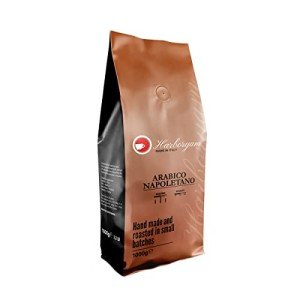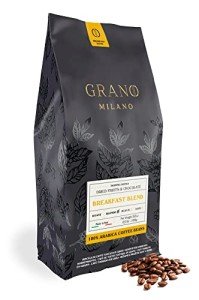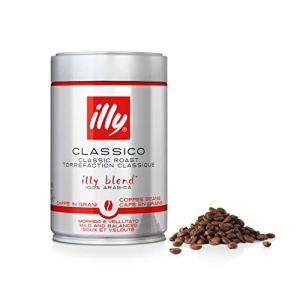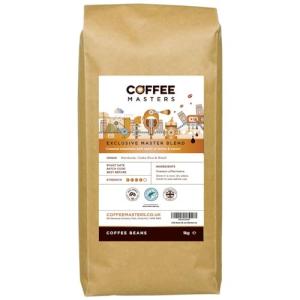Coffee is not merely a drink; it is an experience, a journey through cultures, and a ritual that frames daily life for millions. Among various coffee varieties, Ethiopian Arabica coffee holds a special place in the hearts of connoisseurs and casual drinkers alike. Renowned for its bright acidity, complex flavor profiles, and aromatic qualities, Ethiopian Arabica is often referred to as the birthplace of coffee itself. This guide delves into the art of selecting the finest Ethiopian Arabica coffee beans presented in 6x250g packages, ensuring you find the perfect brews to elevate your coffee experience.
The Essence of Ethiopian Arabica Coffee
Ethiopian Arabica coffee beans are celebrated for their unique characteristics, which can be attributed to several factors, including the diverse agro-climatic conditions, traditional processing methods, and rich coffee heritage. Understanding these characteristics can guide coffee lovers in choosing the right selection.
Key Characteristics of Ethiopian Arabica Coffee Beans:
-
Flavor Profiles: Ethiopian Arabica beans often display vibrant fruit floral notes, enhancing the overall aromatic experience. Common flavors include:
- Fruity: Citrus, berries, and stone fruits.
- Floral: Jasmine, lavender, and other floral undertones.
- Spicy: Hints of cinnamon or other spices.
- Herbal: Basil, mint, or other herbal notes.
-
Acidity: The acidity level in Ethiopian Arabica coffee is often higher than in other coffee varieties, providing a lively and refreshing taste.
-
Body: Depending on the region, Ethiopian coffee could have a light to medium body, which impacts the mouthfeel of the drink.
-
Processing Methods: The way coffee is processed in Ethiopia—washed, natural, or semi-washed—greatly affects its flavor. The natural method often results in a heavier sweetness while the washed method enhances clarity and brightness.
Selecting the Perfect 6x250g Pack of Ethiopian Arabica Coffee Beans
When it comes to detail-oriented coffee enthusiasts, selecting the right 6x250g pack of Ethiopian Arabica involves several key considerations. Here’s a comprehensive guide to navigate the decision-making process:
1. Choose the Right Roast Level
Different roast levels unveil various flavors in the coffee beans. Understanding your preferences can help you choose:
- Light Roast: Preserves the coffee's original characteristics and bright acidity. Ideal for those wanting to explore the beans' fruitier and floral notes.
- Medium Roast: Balances acidity and sweetness, making it a versatile option for coffee lovers seeking a rounded flavor.
- Dark Roast: Offers deeper flavors with reduced acidity, suitable for individuals preferring bolder tastes.
2. Consider the Processing Method
Selecting coffee based on its processing method can significantly impact flavor. Two primary methods are:
- Washed: Tends to have a cleaner taste with pronounced acidity and fruitiness.
- Natural: Enhances sweetness and body, yielding berry-like flavors.
3. Evaluate Origin Regions
Ethiopia boasts several coffee-producing regions, each imparting distinct flavors:
- Yirgacheffe: Known for its bright acidity and floral notes.
- Sidamo: Offers a balance of fruit notes and sweetness.
- Harar: Famous for its bold, wine-like profiles with strong fruity flavors.
4. Check Freshness
When selecting Ethiopian Arabica coffee beans, freshness is paramount. Look for:
- Roasted on dates: Choose beans roasted within the last two to four weeks for optimal flavor.
- Packaging: Airtight packaging helps maintain freshness.
5. Understand the Grind Size
The grind size should match your brewing method. Common grind sizes used include:
- Coarse: For French press.
- Medium: For drip coffee.
- Fine: For espresso.
6. Read Customer Reviews
Reviews often provide valuable information about the product's taste, aroma, and brewing experience, enabling customers to make informed choices.
Frequently Asked Questions (FAQs)
What makes Ethiopian Arabica coffee special?
Ethiopian Arabica coffee is considered special due to its diverse flavor profiles, complex aromatic qualities, and high acidity. The various processing methods and growing conditions in Ethiopia also contribute to its unique characteristics.
How do I brew Ethiopian Arabica coffee?
Brewing Ethiopian Arabica coffee requires attention to grind size and water temperature. Here are steps for a common brewing method:
- Use medium grind for drip methods or coarse grind for French press.
- Heat water to about 195°F to 205°F.
- Brewing ratio: Use 1 to 2 tablespoons of coffee per 6 ounces of water.
- Brew time: Allow the coffee to brew for 4 to 5 minutes for optimal extraction.
How should I store Ethiopian Arabica coffee beans?
To keep Ethiopian Arabica coffee beans fresher for longer, store them in an airtight container in a cool, dark place. Avoid freezing unless necessary, as moisture can damage the beans.
Can I use Ethiopian Arabica coffee for cold brewing?
Yes, Ethiopian Arabica coffee can be enjoyed through cold brewing methods. The resulting brew often highlights the beans' fruity and floral notes, making it a refreshing beverage during warmer seasons.
Selecting the right 6x250g package of Ethiopian Arabica coffee beans helps immerse individuals in a world of rich flavors and aromas. It invokes an appreciation for coffee not just as a beverage but as an integral part of social gatherings and personal enjoyment. Whether you are a novice or an aficionado, understanding the key characteristics and selection criteria will ensure that every cup of Ethiopian Arabica coffee becomes a delightful experience worth savoring.






